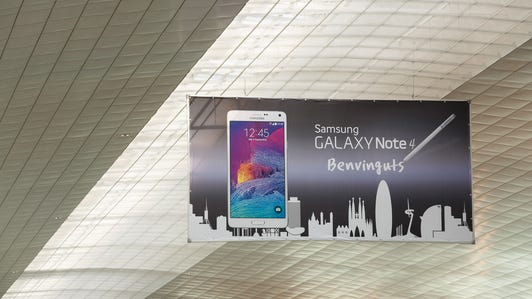
Jolla
Make sail — Jolla has unveiled the second generation of its Android-rivalling smartphone software, Sailfish OS 2.0, and issued a call to companies from Russia, India, China and Japan to join the Sailfish crew.
Setting sail in spring, the new software promises an improved user interface and support for Intel chips. Sailfish part two will include enhanced notifications and events views, and simpler access to main functions by swiping. Jolla also promises features dedicated to protecting your privacy.
Jolla was formed in Finland in 2011 when a team of Nokia employees jumped ship, carrying on their work developing Nokia’s MeeGo software. MeeGo formed the basis for Sailfish, which now runs the Jolla phone and Jolla Tablet, and has shown up in devices including the Acer Iconia Tab W500 and O2 Joggler.
Announcing the launch of Sailfish 2.0, Jolla issued an invitation to companies, particularly in Japan and the developing markets of India, China and Russia, to get involved. The goal is to build “a strong local mobile ecosystem and to create a true, independent and competitive alternative to Android.”
Jolla good show
- Jolla Tablet with Sailfish OS is back on Indiegogo in 64GB version
- Android rival Jolla hits crowdfunding target for first Sailfish OS tablet
- The elusive third great mobile OS
Behind the scenes, Jolla promises “premium visibility” for “digital content” and “OS-level integration for mobile commerce”. In other words, the company wants to tempt partners to come aboard by putting their stuff front and centre on your phone, tempting you to spend money with those partners.
Sailfish OS 2.0 is now ready for licensing to manufacturers and other partners. Once they put the software in their devices, you should be able to get your hands on phones running the new software at some point in the second quarter of the year.
Jolla is one of an increasing number of operating systems that seek to offer manufacturers and networks an alternative to Android. The ubiquity of Android means it’s tough for manufacturers to differentiate themselves from rivals, and Android devices also funnel your cash to Google every time you download an app or buy a movie. Jolla, Firefox OS, Ubuntu and Tizen provide a different way of doing things that could help manufacturers claim a slice of that pie.
Barcelona braces for Mobile World Congress 2015 (pictures)









